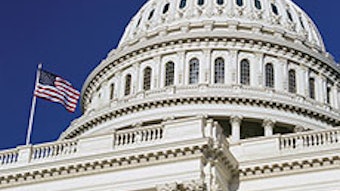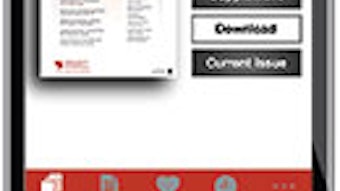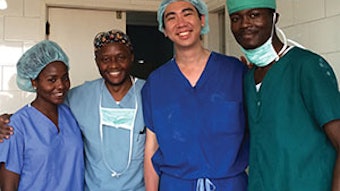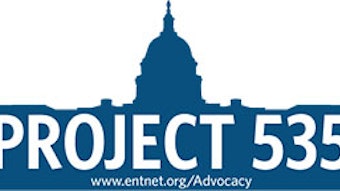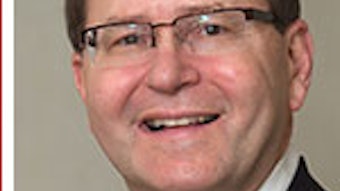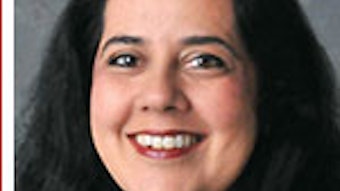2016 committee application opens November 1
Want to get more involved with your Academy? Apply to become a committee Member! The 2016 application cycle will open on November 1 and close on January 1, 2016.
Want to get more involved with your Academy? Apply to become a committee Member! The 2016 application cycle will open on November 1 and close on January 1, 2016. All committee applicants shall be in good standing with the Academy and must be a voting fellow, Member, resident Member, scientific fellow, international fellow, or international Member of the Academy to be eligible to serve as a committee Member. All current committee Members and committee applicants must pay Academy dues for the 2016 year no later than January 15, 2016. Applicants who have not paid dues by the January 15 deadline will not be considered for a committee appointment. For more information and for the application, please visit our website at www.entnet.org/content/committee-application.

